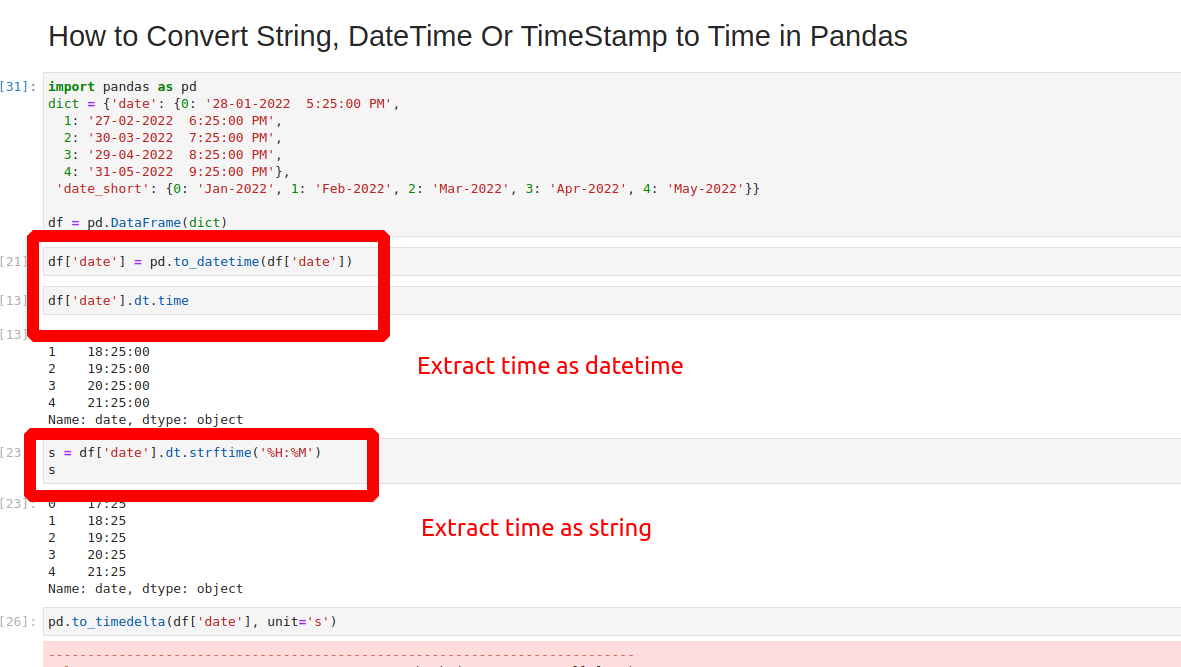The ability to calculate distances between addresses in Excel is a valuable skill for various professionals, including logistics and transportation specialists, real estate agents, and researchers. While Excel does not have a built-in function to directly compute distances between two addresses, users can leverage the power of VBA (Visual Basic for Applications) scripting, combined with external APIs or geocoding services, to achieve accurate results. This article will guide you through the process, providing a step-by-step approach to calculating distances between addresses in Excel.
Understanding Geocoding and Distance Calculations
Geocoding is the process of converting addresses into geographic coordinates, such as latitude and longitude. These coordinates can then be used to calculate distances between locations using various formulas, including the Haversine formula for spherical distances or more complex geodesic distance calculations. For simplicity and accuracy, we will focus on using an external API to obtain the necessary coordinates and compute distances.
Choosing the Right Tools and APIs
Several APIs offer geocoding services and distance calculations, including Google Maps, OpenCage Geocoder, and Nominatim. For this example, we will use the Google Maps Geocoding API and the Google Maps Distance Matrix API. These APIs provide robust and accurate data but require a Google Cloud account and enable billing to use.
| API | Description |
|---|---|
| Google Maps Geocoding API | Converts addresses into geographic coordinates. |
| Google Maps Distance Matrix API | Calculates distances and travel times between locations. |
Step-by-Step Guide to Calculating Distances
Setting Up Your Excel Sheet
Begin by organizing your Excel sheet with the addresses you want to calculate distances for. Typically, you would have two columns: one for the origin address and another for the destination address.
Enabling Developer Mode and Adding References
- Go to File > Options > Customize Ribbon, and check the Developer checkbox.
- Press Alt + F11 to open the VBA Editor.
- In the VBA Editor, go to Tools > References, and add a reference to Microsoft XML, v6.0 (or later) for working with XMLHTTP requests.
Writing the VBA Script
Create a new module in the VBA Editor and paste the following script. This example uses the Google Maps Geocoding API and Distance Matrix API.
Sub CalculateDistance()
Dim origin As String, dest As String
Dim apiKey As String
Dim xml As Object
Dim response As String
apiKey = "YOUR_API_KEY"
origin = Range("A2").Value
dest = Range("B2").Value
Dim geocodeOrigin As String, geocodeDest As String
geocodeOrigin = GetCoordinates(origin, apiKey)
geocodeDest = GetCoordinates(dest, apiKey)
Dim distance As String
distance = GetDistance(geocodeOrigin, geocodeDest, apiKey)
Range("C2").Value = distance
End Sub
Function GetCoordinates(address As String, apiKey As String) As String
Dim url As String
url = "https://maps.googleapis.com/maps/api/geocode/json?address=" & address & "&key=" & apiKey
Dim xml As Object
Set xml = CreateObject("MSXML2.XMLHTTP")
xml.Open "GET", url, False
xml.Send
Dim response As String
response = xml.responseText
' Parse JSON to extract coordinates
' Implementation depends on JSON parsing library or method
End Function
Function GetDistance(origin As String, dest As String, apiKey As String) As String
Dim url As String
url = "https://maps.googleapis.com/maps/api/distancematrix/json?origins=" & origin & "&destinations=" & dest & "&mode=driving&units=metric&key=" & apiKey
Dim xml As Object
Set xml = CreateObject("MSXML2.XMLHTTP")
xml.Open "GET", url, False
xml.Send
Dim response As String
response = xml.responseText
' Parse JSON to extract distance
' Implementation depends on JSON parsing library or method
End Function
Key Points
Key Points
- Use external APIs like Google Maps for accurate geocoding and distance calculations.
- Enable Developer Mode in Excel and add necessary references in VBA Editor.
- Write a VBA script to fetch coordinates and compute distances between addresses.
- Implement error handling and consider API usage limits.
- Test the script with sample data for validation.
Conclusion
Calculating distances between addresses in Excel can be efficiently done by leveraging VBA scripting with external APIs. This approach not only provides accurate results but also allows for automation and scalability. By following the steps outlined in this article, users can easily integrate distance calculations into their Excel workflows, enhancing productivity and data analysis capabilities.
What are the limitations of using Excel for distance calculations?
+Excel itself does not have built-in functions for distance calculations between addresses. While you can use formulas and VBA scripting, limitations include the need for external APIs, potential usage limits, and the complexity of handling geocoding and distance data.
How accurate are distance calculations using Google Maps APIs?
+Distance calculations using Google Maps APIs are highly accurate. The APIs use comprehensive mapping data and sophisticated algorithms to provide precise distances and travel times. However, accuracy can depend on the quality of the address data and the specific mode of transportation selected (e.g., driving, walking, or flying).
Can I use other APIs for geocoding and distance calculations?
+Yes, there are several other APIs available for geocoding and distance calculations, such as OpenCage Geocoder, Nominatim, and Mapbox. Each API has its own features, pricing, and usage limits, so it’s essential to evaluate them based on your specific needs and requirements.


